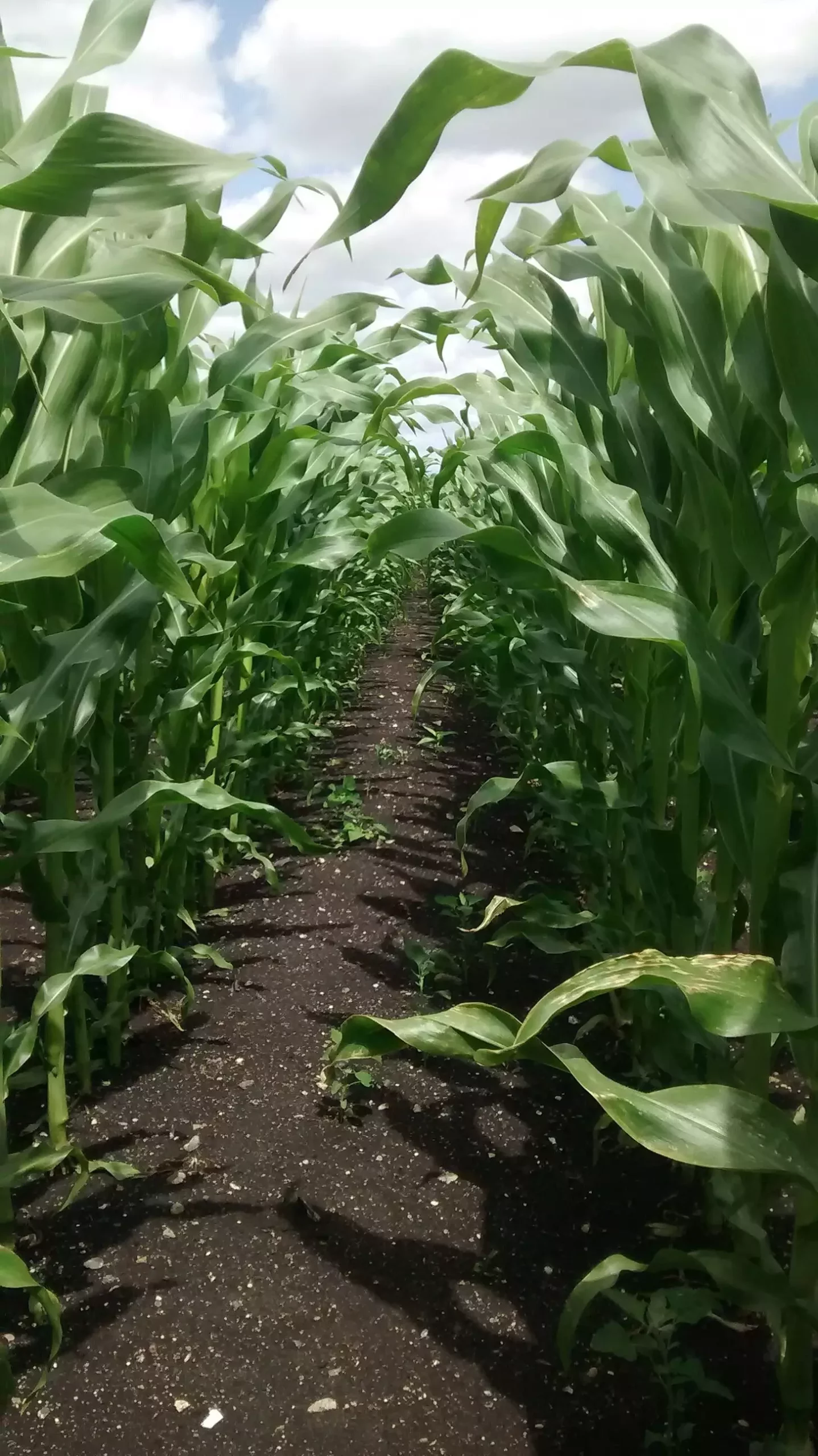In recent years, the urgency to transition to cleaner energy sources has become increasingly evident, particularly in light of climate change and its profound impacts. Biomethane, derived from organic materials, has emerged as a promising renewable energy source. It is heralded for its potential to replace fossil fuels and contribute to the goal of achieving Net Zero emissions. However, the environmental implications of certain agricultural practices, especially involving peatlands, warrant a closer inspection.
The cultivation of crops, notably maize, for biomass energy production has surged, leading to significant concerns about its sustainability. Research from the UK Center for Ecology & Hydrology (UKCEH) has highlighted that the benefits of growing crops for biomethane are being undermined by substantial carbon emissions arising from practices that involve drained peatlands. This article explores the complexities surrounding biomethane production and the overlooked carbon footprint of draining peatlands for agricultural purposes.
Peatlands, which are naturally rich in carbon, can store carbon accumulated over centuries. When these ecologically sensitive areas are drained for agricultural use, their stored carbon is released into the atmosphere, resulting in greenhouse gas emissions that may surpass the carbon savings gained from using biomethane instead of natural gas. UKCEH’s study indicates a disconcerting trend: emissions from drained peat used for maize cultivation can yield up to three times more CO2 than the fossil fuels these practices intend to replace.
As UK peatland areas dedicated to maize cultivation for biomethane have reportedly tripled since 2015, it raises serious questions about the long-term sustainability of this energy production strategy. The extensive draining of peatland, intended to facilitate crop growth, represents a significant oversight in the environmental impact assessments related to bioenergy production.
While it is true that burning biomethane emits fewer emissions if viewed in isolation, the reality includes hidden costs that derive from the cultivation processes themselves. Every cubic meter of natural gas burned emits about 2 kg of CO2, but the soil carbon-related emissions linked to maize grown on drained peat landscapes can reach alarming figures—up to 6 kg of CO2 per cubic meter of biomethane produced. Furthermore, this calculation does not incorporate additional emissions from fertilizers, transport, nor the processes involved in converting the crop into biomethane. This complex equation illustrates the necessity for a more comprehensive evaluation of biomass energy’s environmental footprint.
Interestingly, the increased area of drained peat soils used for maize cultivation has doubled in the past six years, reflecting a growing reliance on bioenergy. The proportion of this maize cultivated specifically for bioenergy purposes has also increased, highlighting the urgent need to reassess the ecological ramifications of these strategies.
However, the findings from this research do not categorically denounce all bioenergy production on drained peat soils. Innovative approaches, such as paludiculture—where dedicated biomass crops are grown in such a way that water levels in peatlands are managed to minimize emissions—emerge as potential solutions. By adopting these methods, producers may harness the benefits of peatlands while mitigating carbon emissions that currently impinge upon the potential of biomethane.
Academic input suggests that integrating maize cultivation as a “break crop” in crop rotation can also offset some CO2 emissions related to food production on peatlands. This strategy may not only have economic advantages but also represent a more balanced approach towards sustainable agricultural practices in the context of energy production.
Since the year 2000, there has been a four-fold increase in biomethane production in the UK, largely spurred by supportive government initiatives. However, as Dr. Rebecca Rowe from UKCEH emphasizes, the pathway to Net Zero will be fraught with both triumphs and setbacks. It is incumbent upon scientists, policymakers, and land managers to utilize robust data and research to shape a balanced energy future.
As the drive towards cleaner energy continues to evolve, it is critical that the complexities surrounding biomethane production, particularly concerning peatland use, are thoroughly understood and addressed. Sustainable practices must remain at the forefront of agricultural developments to ensure that efforts toward decarbonization are genuinely beneficial, both environmentally and socially. The dual goals of reducing reliance on fossil fuels while protecting our carbon-rich ecosystems must not be seen as mutually exclusive; rather, they should coexist harmoniously in a quest for an environmentally sustainable future.


Leave a Reply